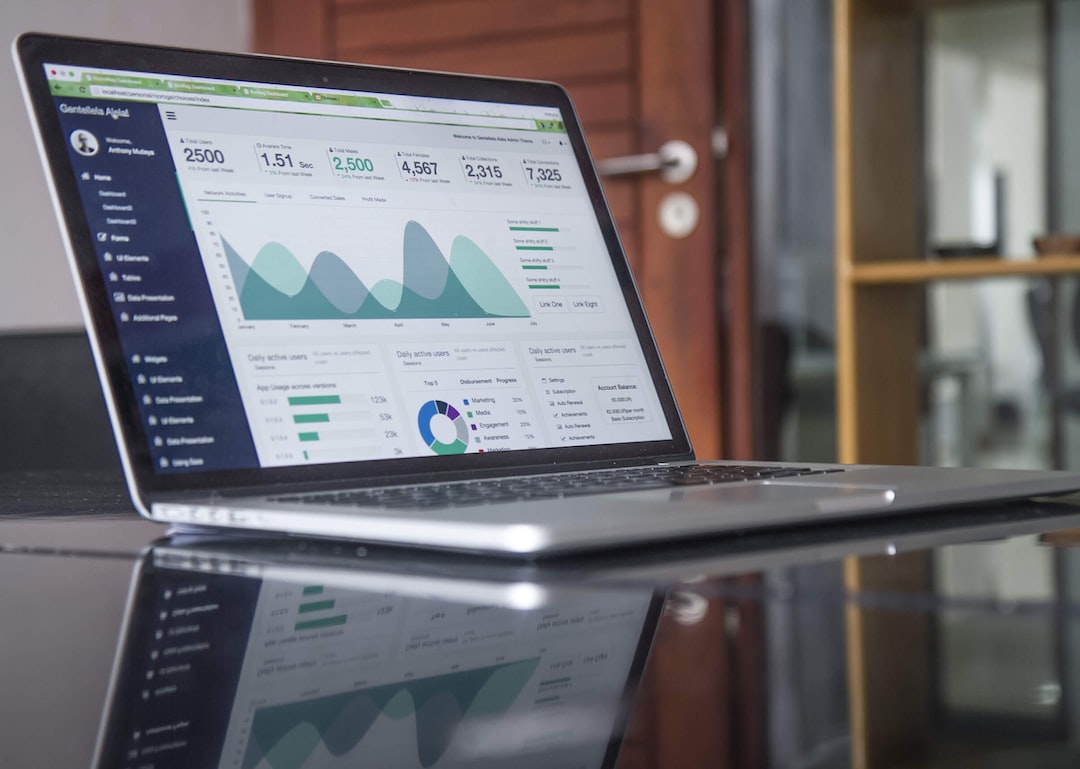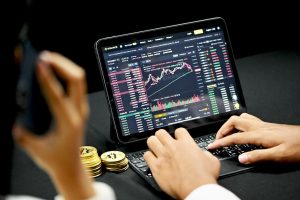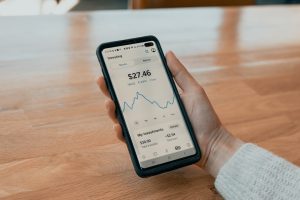Leverage is the ability to control a large amount of money in the forex market with a small amount of capital. It is a popular tool used by traders to increase their potential profits, but it also comes with increased risk. In this article, we will explain what leverage is, its advantages and disadvantages, and how to use it effectively.
What is leverage?
In forex trading, leverage is the ratio of the amount of capital used in a trade to the amount of money a trader can control. For example, if a trader has a leverage of 1:100, it means that for every $1 of capital invested, the trader can control up to $100 in the market. This ratio allows traders to increase their potential profits by using a small amount of capital.
Advantages of leverage
The primary advantage of leverage is the ability to control a large amount of money with a small amount of capital. This means that traders can make larger profits from small price movements. For example, if a trader has a leverage of 1:100 and invests $1000, they can control up to $100,000 in the market. If the price of the currency pair they are trading moves in their favor by 1%, they can make a profit of $1000 instead of $10.
Another advantage of leverage is that it allows traders to diversify their portfolio. With a small amount of capital, traders can trade multiple currency pairs, which reduces their risk and increases their potential profits.
Disadvantages of leverage
The main disadvantage of leverage is that it increases the risk of losses. When a trader uses leverage, they are exposed to the possibility of losing more money than they have invested. For example, if a trader has a leverage of 1:100 and invests $1000, they can control up to $100,000 in the market. If the price of the currency pair they are trading moves against them by 1%, they can lose $1000 instead of $10.
Another disadvantage of leverage is that it can lead to overtrading. When traders have access to large amounts of capital, they may be tempted to take more trades than they should, which can lead to losses.
How to use leverage effectively
To use leverage effectively, traders should follow these guidelines:
1. Use a reasonable leverage ratio – Traders should use a leverage ratio that is appropriate for their trading strategy and risk tolerance. A high leverage ratio may offer the potential for larger profits, but it also increases the risk of losses.
2. Use stop-loss orders – Traders should always use stop-loss orders to limit their losses if the market moves against them. Stop-loss orders are automatic orders that close a trade when the price reaches a certain level.
3. Manage risk – Traders should always manage their risk by using proper position sizing and diversifying their portfolio. They should never risk more than they can afford to lose.
4. Use leverage as a tool, not a strategy – Leverage should be used as a tool to enhance profits, not as a trading strategy. Traders should have a well-defined trading plan and use leverage to execute their plan.
Conclusion
Leverage is a powerful tool that can increase the potential profits of forex traders. However, it also comes with increased risk. Traders should use leverage wisely and follow proper risk management techniques to minimize their losses. By using leverage effectively, traders can increase their potential profits and diversify their portfolio.






